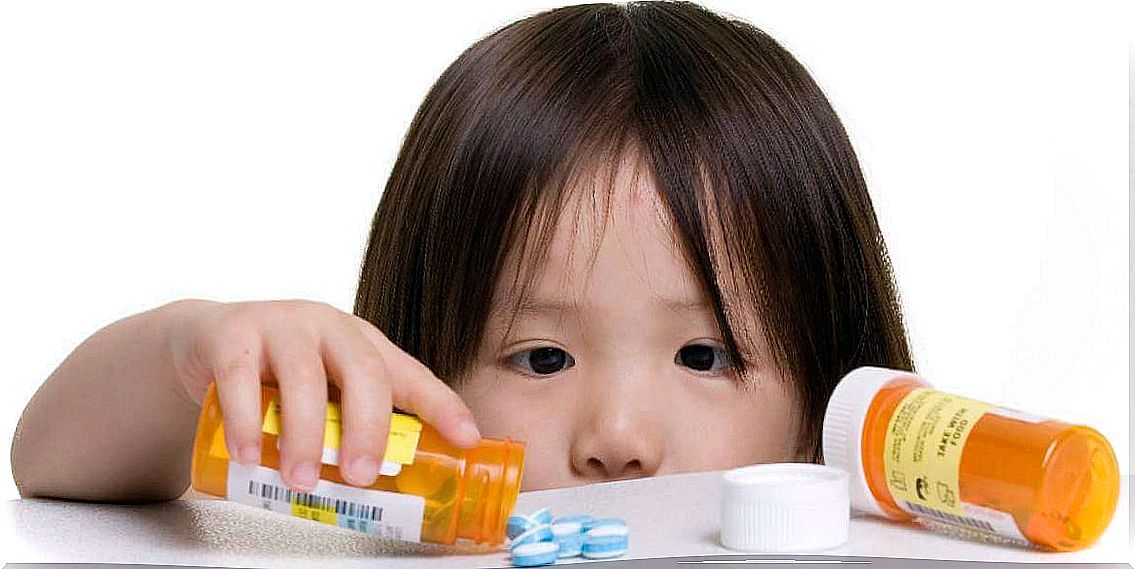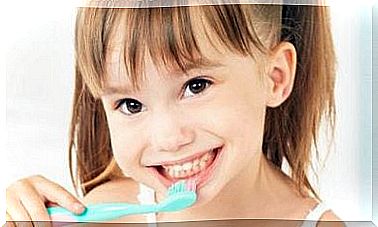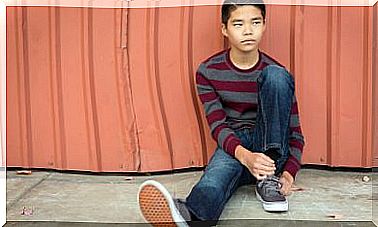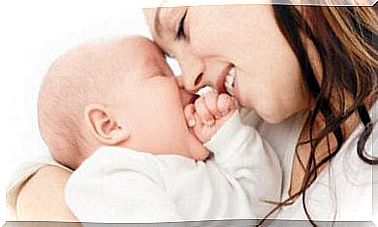The Danger Of Plastic Bags For Children
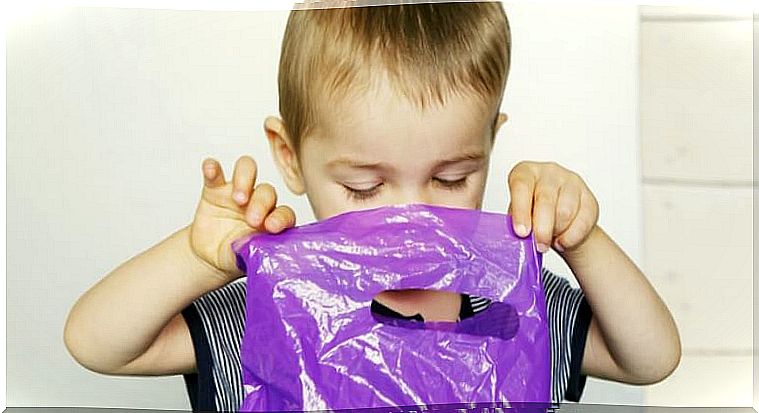
Dangers are everywhere when young children are in the house. Maybe we take a little more care of certain objects and situations. However, plastic bags can be a serious threat to little ones.
Keeping an eye on children can prevent many accidents, but perhaps in some cases we do not see dangers that are present. If you have noticed, many products have warnings on their packaging about plastic bags. It is advised that they are not a toy and that we should not let children play with them.
However, they are a commonly used product that is always around without warning about its danger. In short, we do not take as much care of a plastic bag as, for example, of a plug. For this reason, children may come into contact with these bags more often than desired.
Today almost all the products we buy are packaged in plastic bags. Therefore, these abound at home. Not only are the bags from the market, but toys, diapers and any food. It is very dangerous to leave them within the reach of children because they can cause suffocation.
How do plastic bags work?
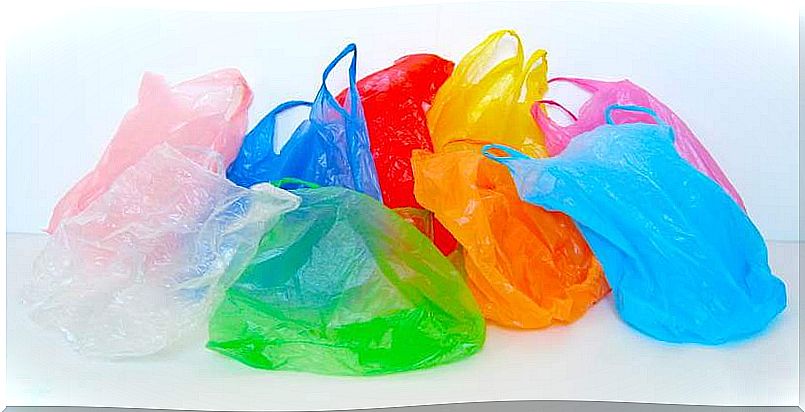
Plastic is a thin and elastic non-porous material, that is, it does not allow air to pass through it. It is precisely this quality that makes them ideal to hermetically contain products. They do not let anything escape from their interior, but they do not let almost anything pass either.
This material is able to adhere to the child’s face. Also, because they are always open on one side, it can be tempting for a child to stick his head into it. When they are very young they find it difficult to remove the bag that has adhered, they only remain paralyzed without being able to breathe. Even when they are larger, the bag can get stuck, preventing the little one from removing it.
Any plastic bag can suffocate a child in a matter of minutes. Therefore, it is not only to keep an eye on them while they play, you also have to remove the bags from their reach. Letting them play with this product is not an option, even when it seems harmless to us or because we are looking at them.
According to WHO data, in the UK alone, there have been around 14 child deaths caused by accidents involving plastic bags in a 10-year period. However, in the United States there are 25 children who die a year. It was found that 90% of children suffocated by plastic bags are young children under one year of age.
Recommendations to prevent accidents
The Ministry of Health recommends that we be more aware of the use of plastic bags when we buy, use and store them. It is convenient to check the European Community directive, which regulates the conditions of use for plastic sheets. All packages made with this material have a safety regulation. Other recommendations are as follows:
- If you are going to store the bags for reuse, it should be placed in a fixed place, which is safe and out of the reach of children.
- When you decide to throw the bags away, don’t just throw them in the bin , destroy or tie them up. Of course, make sure the trash can can’t be reached by little ones.
- Choose to use cloth or paper bags, which in addition to being safer, help teach them to take care of the environment
- For nothing in the world do you allow children to play with plastic bags, not even under your supervision. Avoid seeing these objects as something to play with
- Try to keep these bags away from the crib. Even if your child is a very young baby who stays in his crib, he can reach for some bags just out of curiosity.
- Avoid covering the mattress with plastic covers and remove the one that comes from the factory.
Keep in mind that accidents can be avoided. Most injuries to children can be prevented. To protect them from the danger of plastic bags, the most important thing is to be aware that they can be harmful. Keeping them in a safe place is an important step in reducing risks.
